Credit: Jordan M. 


![]()
Credit: Jovan Figueroa
I make an effort to share all updates regarding the car. The vehicle was experiencing power issues, staying on even after being turned off and with the key removed. Upon inspection, I discovered that the wiring harness in the wheel well had been worn through. Over time, exposure to salt led to corrosion, which spread and caused power to feed back through the ABS module.




![]()
I cleaned up my throttle body and IACV today. I forgot to take a “before” picture of the throttle body, but it honestly wasn’t that bad. It would have been great to clean my EGR tube as well, but I forgot to order the necessary gasket and didn’t feel like waiting another week to do this.




![]()
Credit: Cory W.
Chasing down a persistent EVAP code P0440 and a noticeable gas smell on my recently purchased Maxima led me to an unexpected discovery. After replacing the entire EVAP system at the rear of the car with new parts, I found not one but two issues: a torn fuel tank sending unit O-ring and a crack on the top of the fuel sending unit. The odds of both being faulty were surprising!
I managed to identify the problem and thought I’d share my experience with the group. For now, I’ve temporarily repaired the crack on the fuel sending unit with JB Weld, though it still leaks slightly. I’m holding off on a more permanent fix since a new sending unit is already on its way.
Here’s what I noticed: gas bubbles up through the cracks in the sending unit and pools around the electrical connectors, causing a vacuum leak in the fuel and EVAP systems. This triggers the P0440 code without any additional errors. The cracks are a series of hairline fractures, and my O-ring was also severely deteriorated. This seems to be a somewhat common issue for older Maximas, as noted on Maxima.org.
For reference, the new fuel sending unit will cost me $270 and is set to arrive Tuesday. I’ve included photos to highlight where the cracks typically form and the condition of the old seal. As you might imagine, with a 3/4 full tank or more, it was leaking quite a bit. Interestingly, the O-ring’s part number is the same across other Nissans, including the 200SX and all 1991–1996 Sentras. Not sure about the sending unit compatibility, though.
I picked up the car for $2,100 with no rust, but it’s far from flawless. It needs a full suspension overhaul, rear main seal and power steering hose replacements, routine maintenance, some interior fixes, new tires and wheels, and has a few dents and dings. All in all, it’s your typical old but charming Nissan!






![]()
Owner: Cory W.
Year: 1996
Model: Maxima
Color: White
Engine: VQ30DE
Transmission: 5-Speed Manual
Trim: GXE










![]()
Credit: Cory Willis
For those that want OEM keyless entry, auto roll down front windows and activating the oem alarm system on their GXE Maxima. This is on a 1996 Nissan Maxima GXE. Thanks to Michael Fernandez for the junkyard parts and OEM key fob. Programming was “interesting” but it finally works.








![]()
Credit: Isaiah Adams
Found some old screenshots in my import album… Don’t ask me any questions, just take a look for yourself. If it makes sense to you and you’ve got a 4th-gen, live near a pull-it yard or a 5.5 part-out, and you’re planning a 3.5 6-speed full swap on a budget with DIYs… here you go!
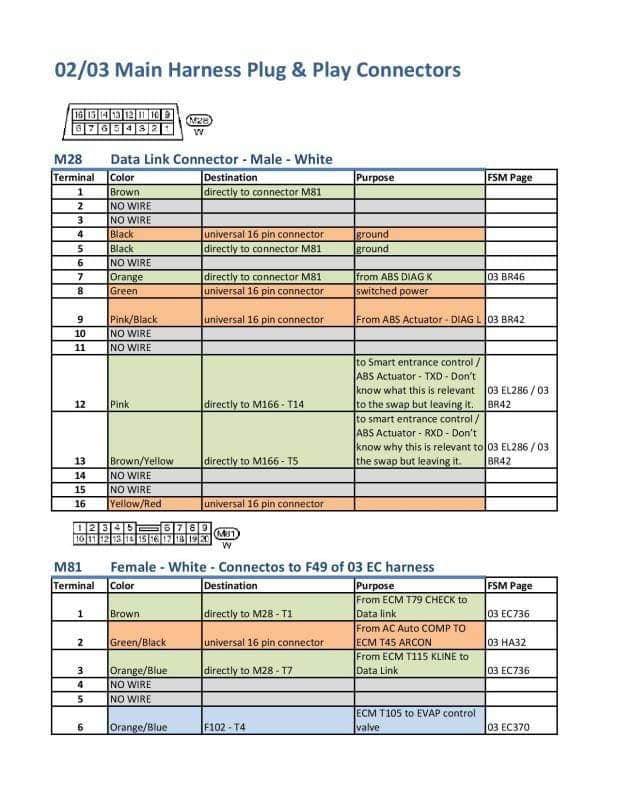

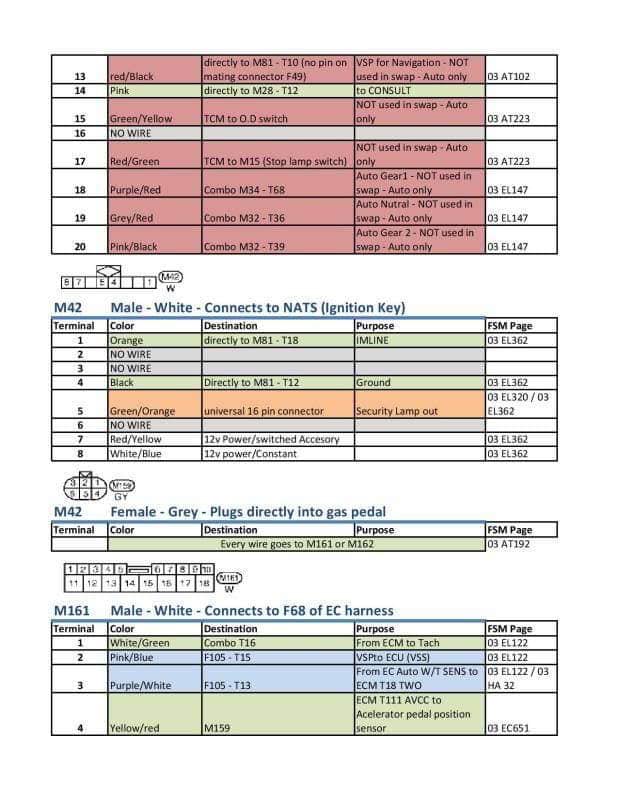
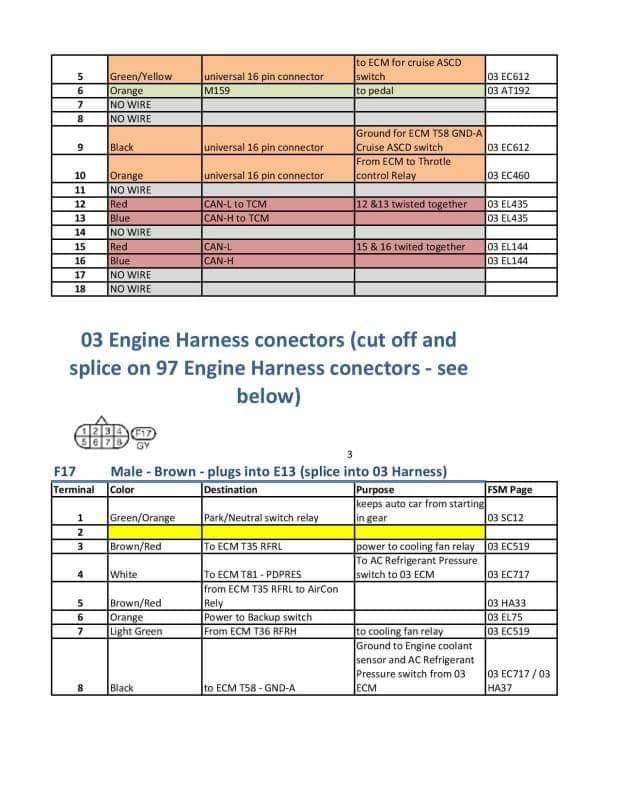
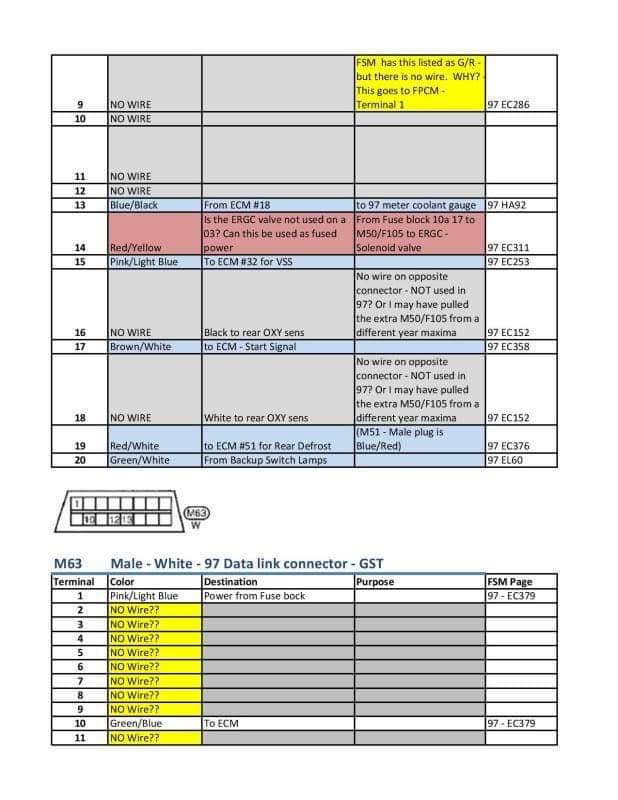
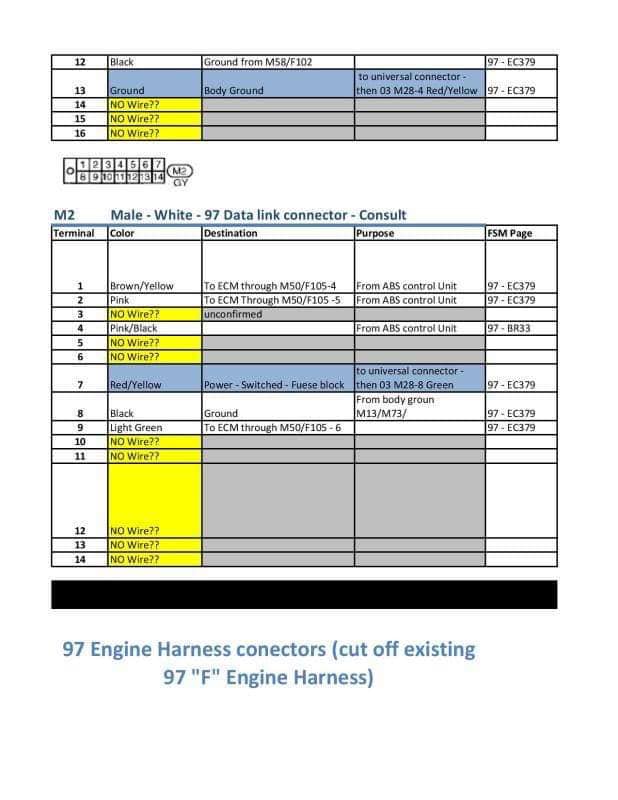
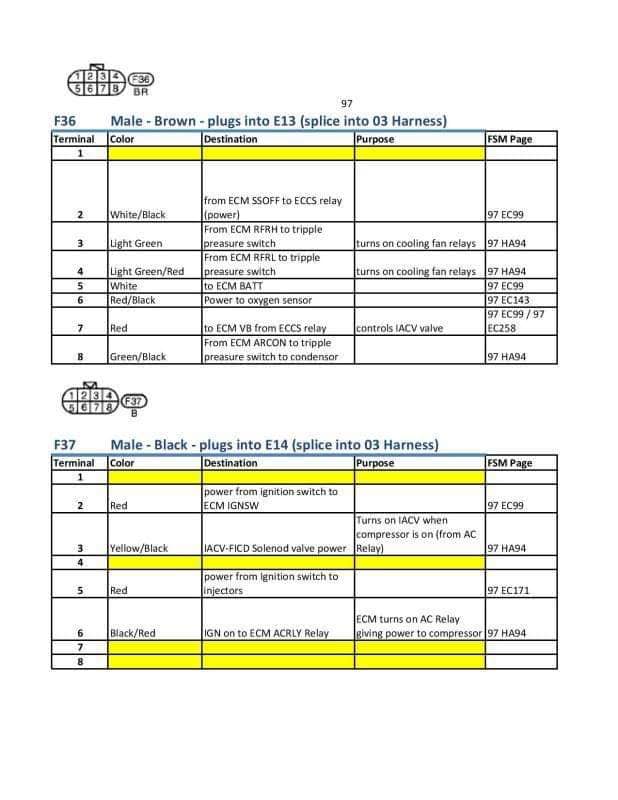
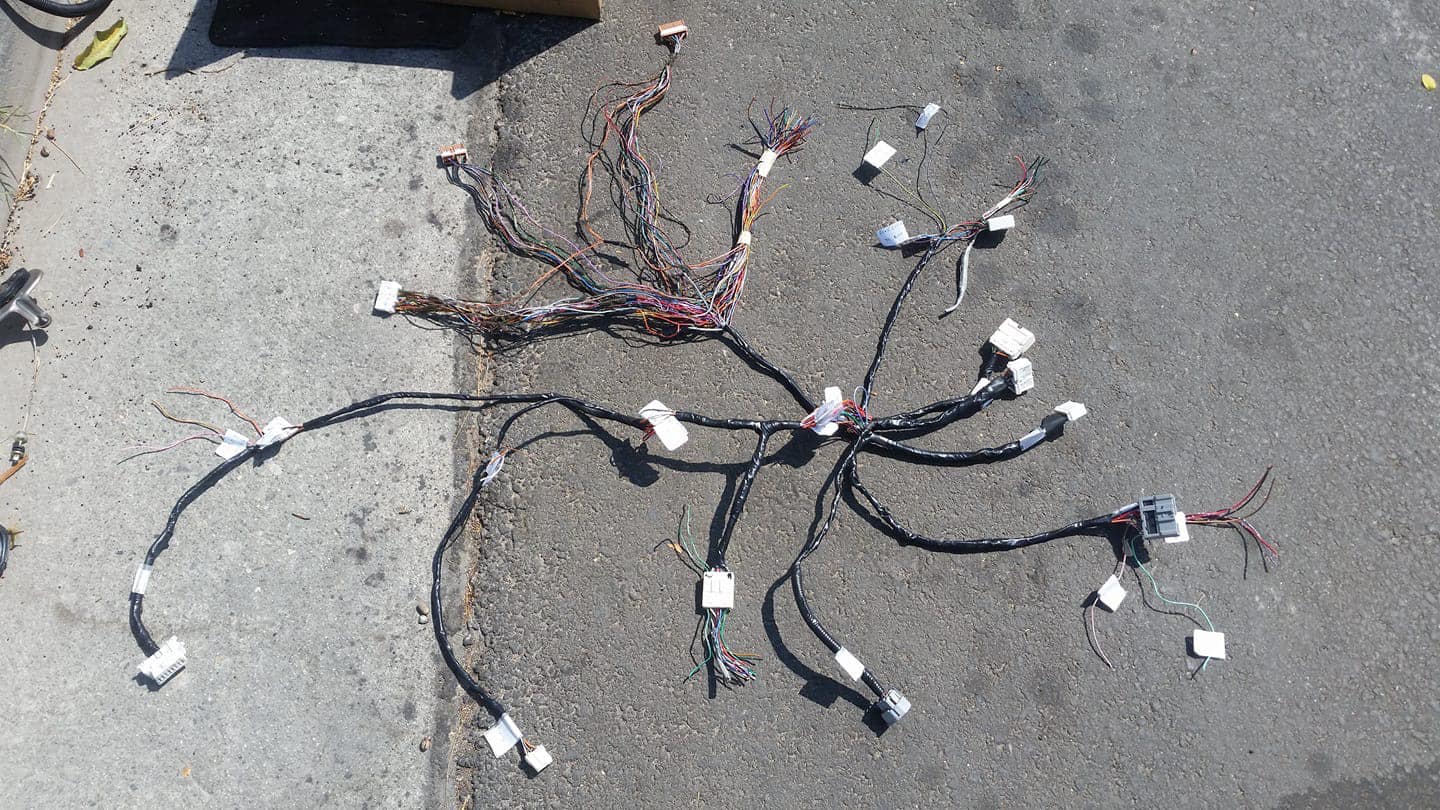
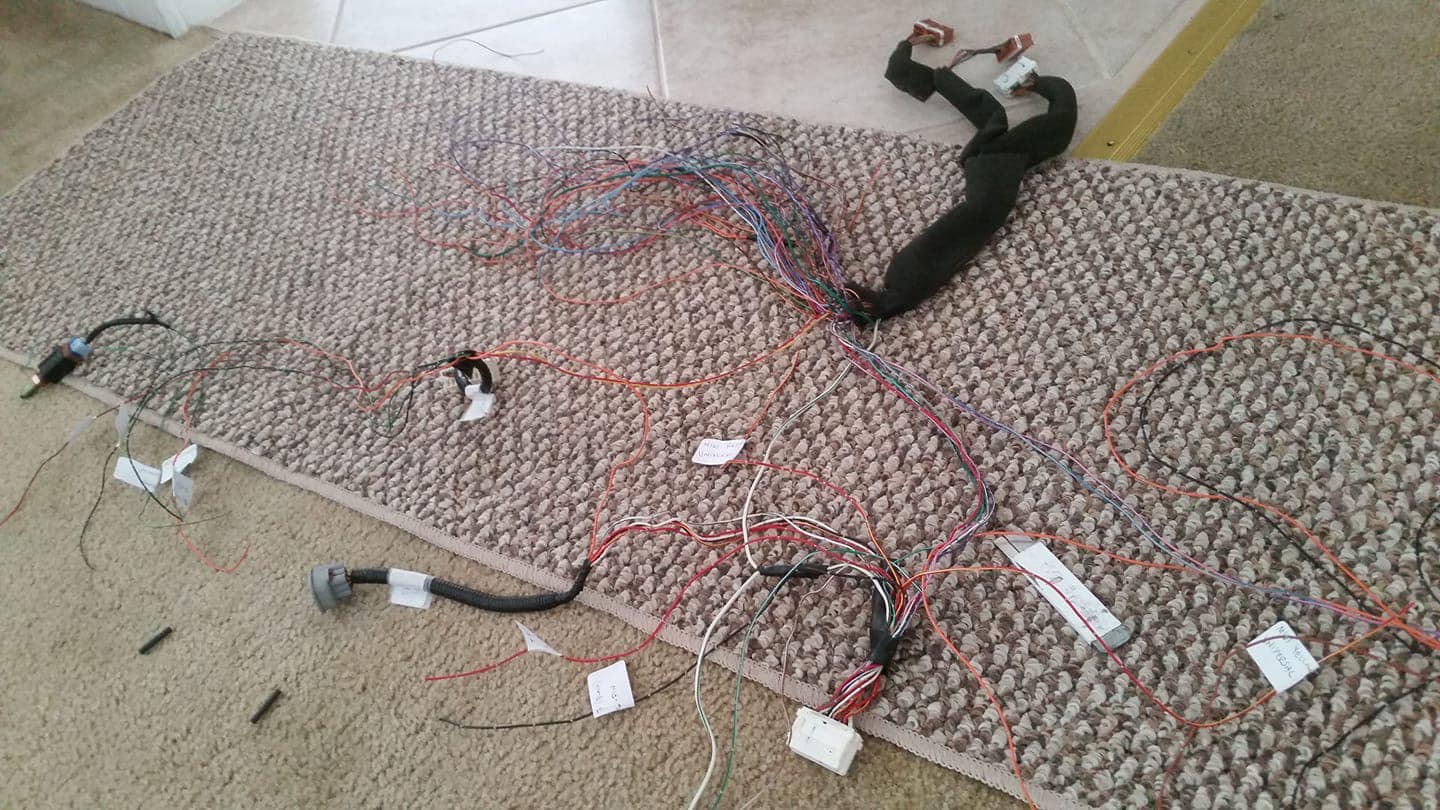
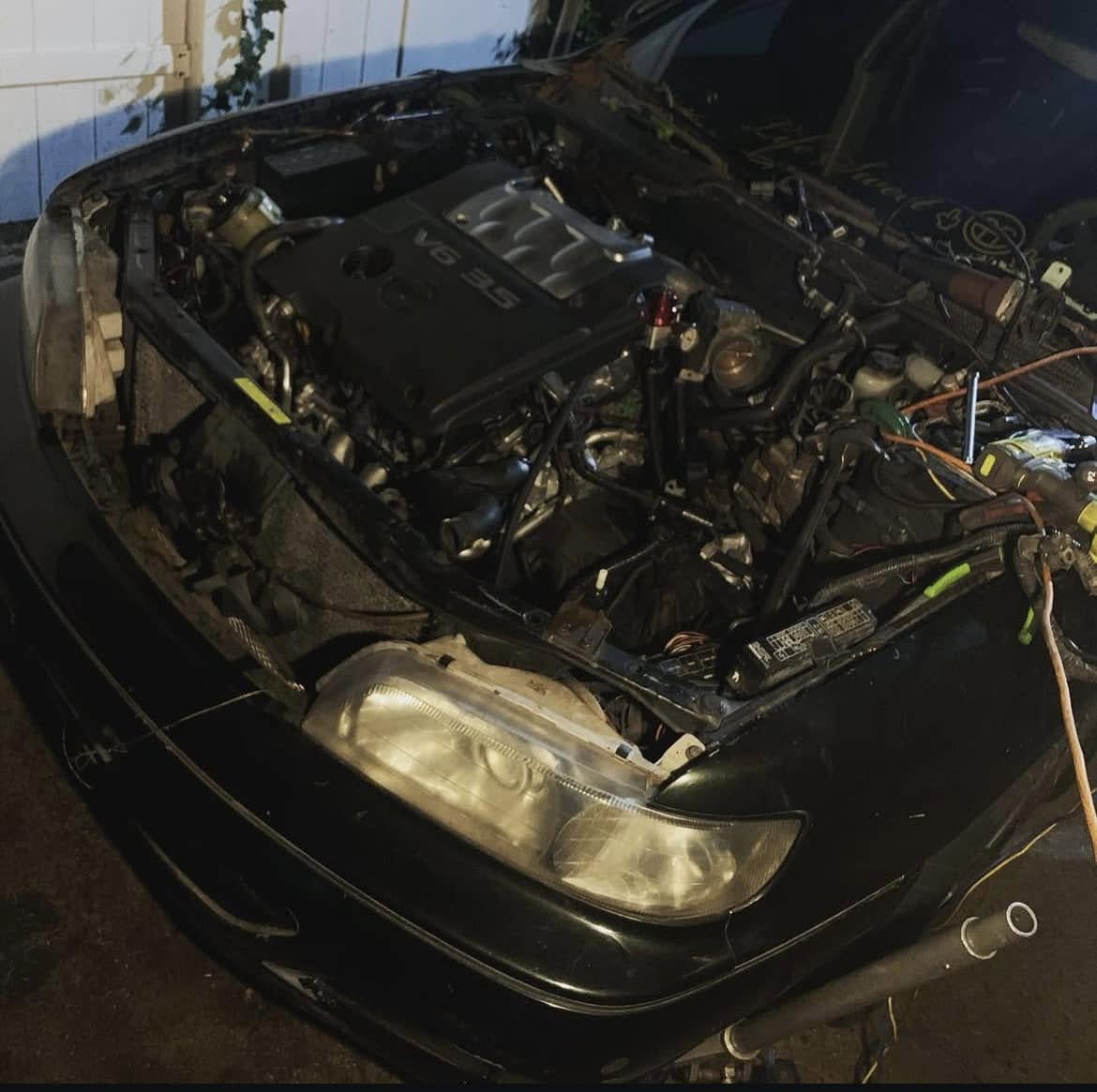
![]()
Credit: Kane Johnson / Shawn Williams
Torque Solution Fast Response IAT Sensor is the perfect choice when converting to a speed density setup or just needing to replace your existing IAT sensor. You will need a weld-on 3/8 bung on your intake.
Price: $15.99
Order Link: https://www.torquesolution.com/product-p/ts-es-iat-gm.htm
Sensor Specifics:
Interchangeable With The Below Part Numbers:
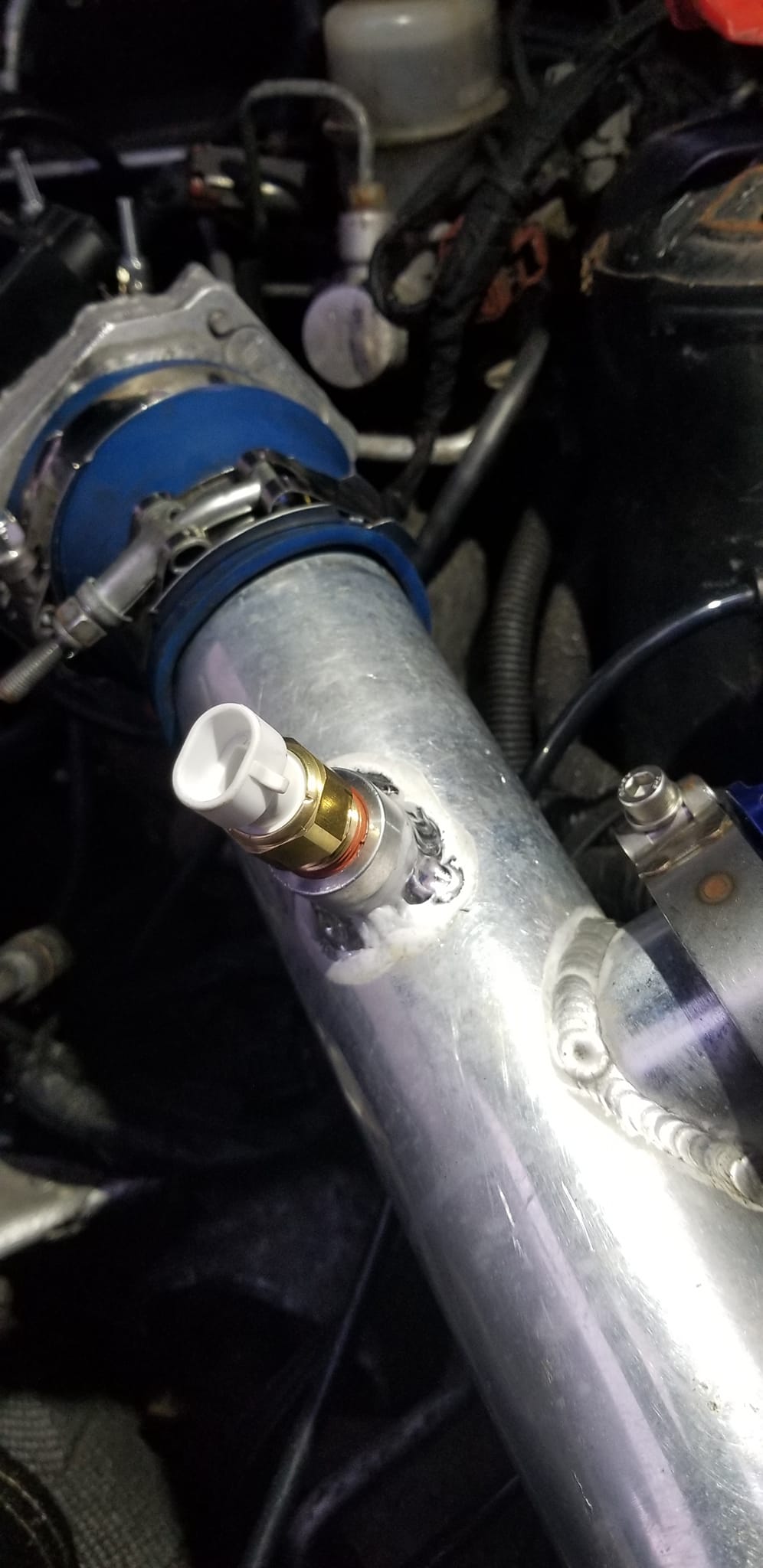
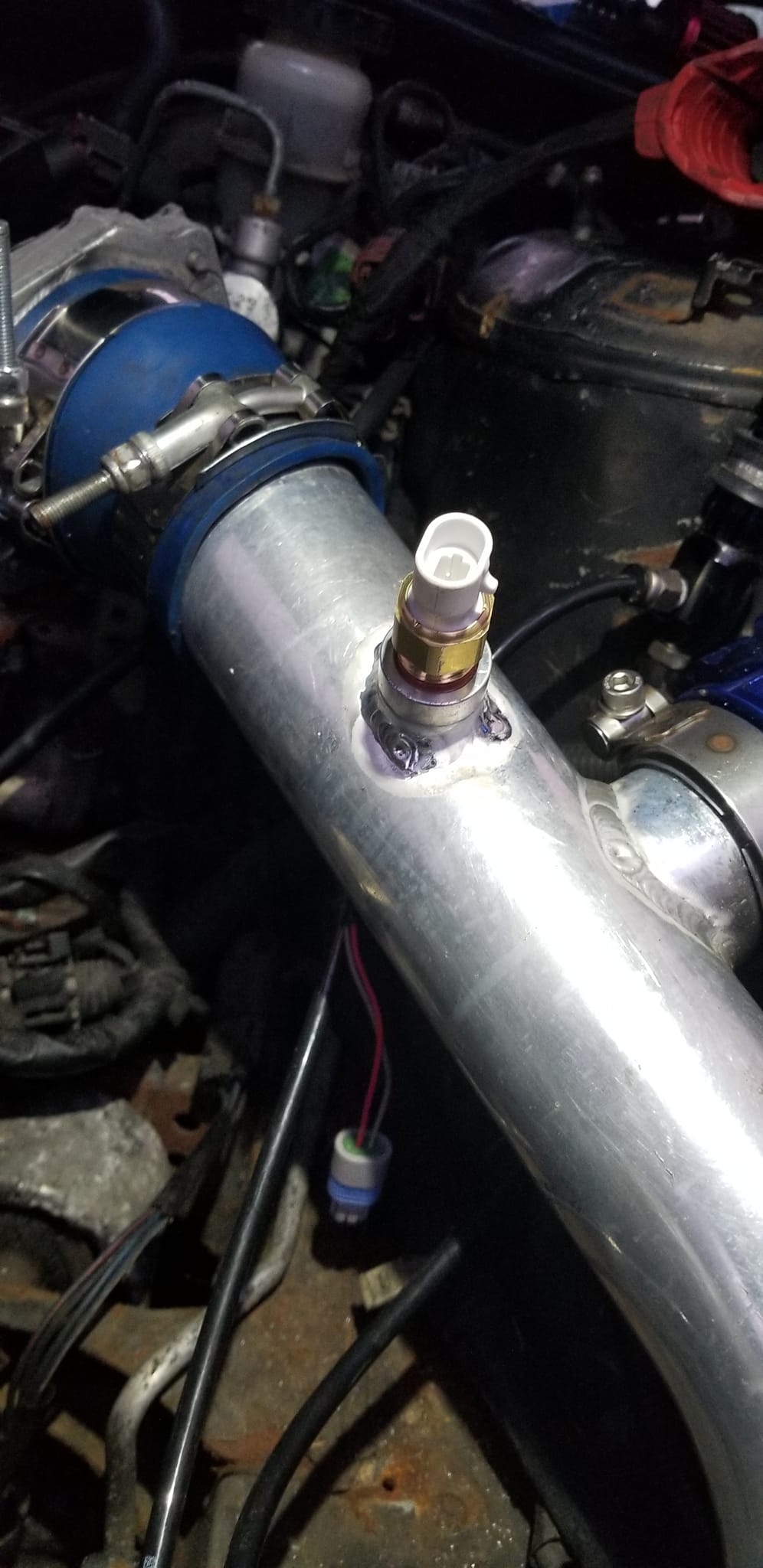

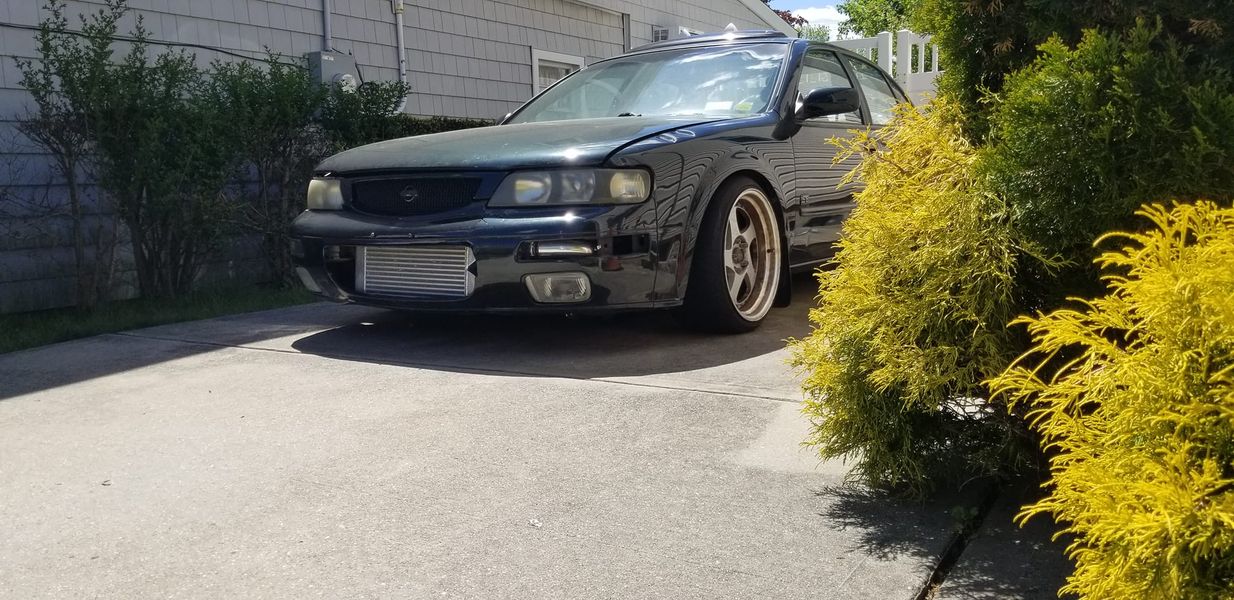
![]()
Credit: Kane Johnson / Shawn Williams.
Installed Benchmark Audi ignition coils, 10AN bungs on the valve covers, and a Torque Solution fast-response IAT sensor in the charge pipe on this Turbo 4th gen today.




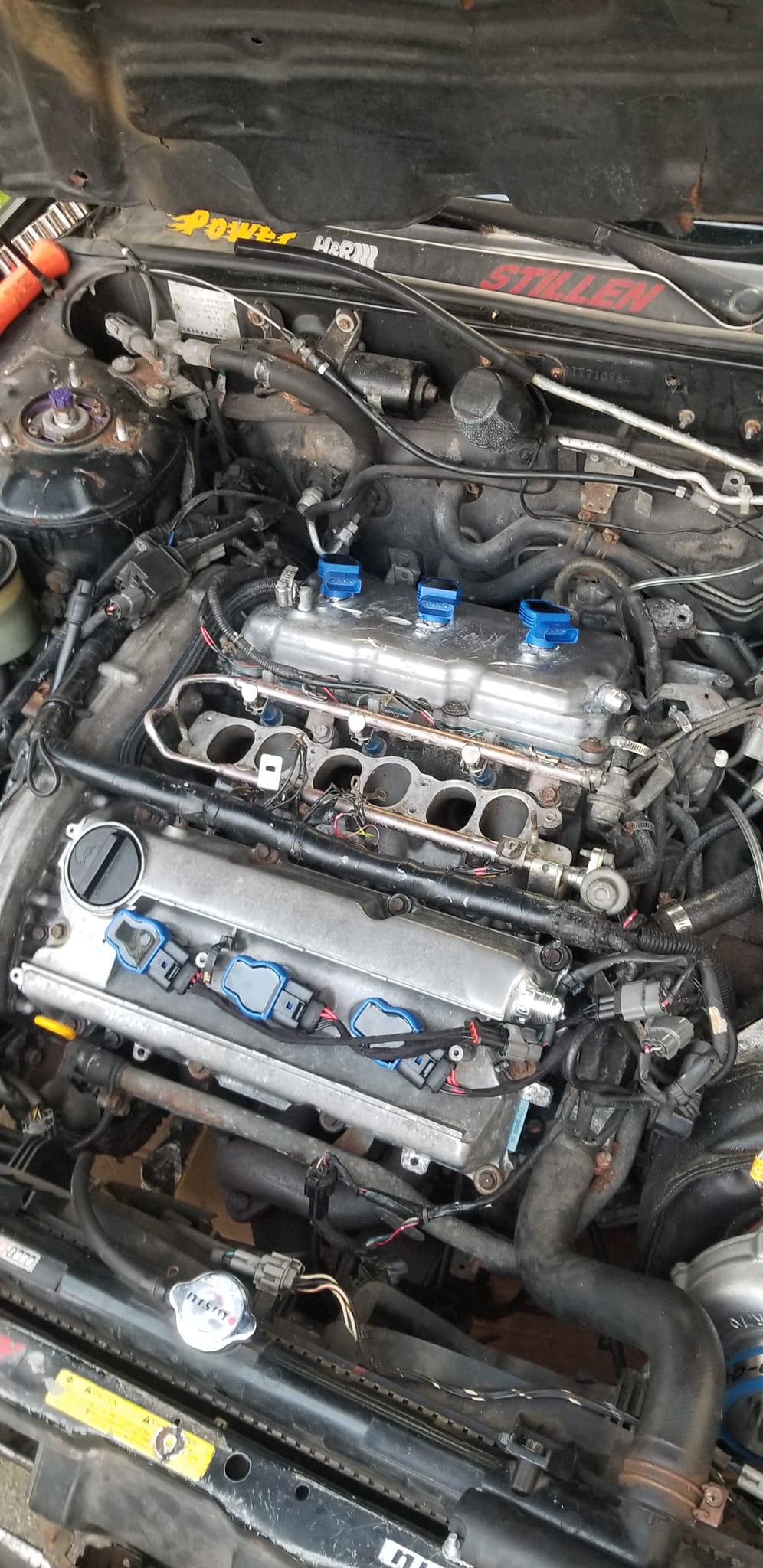
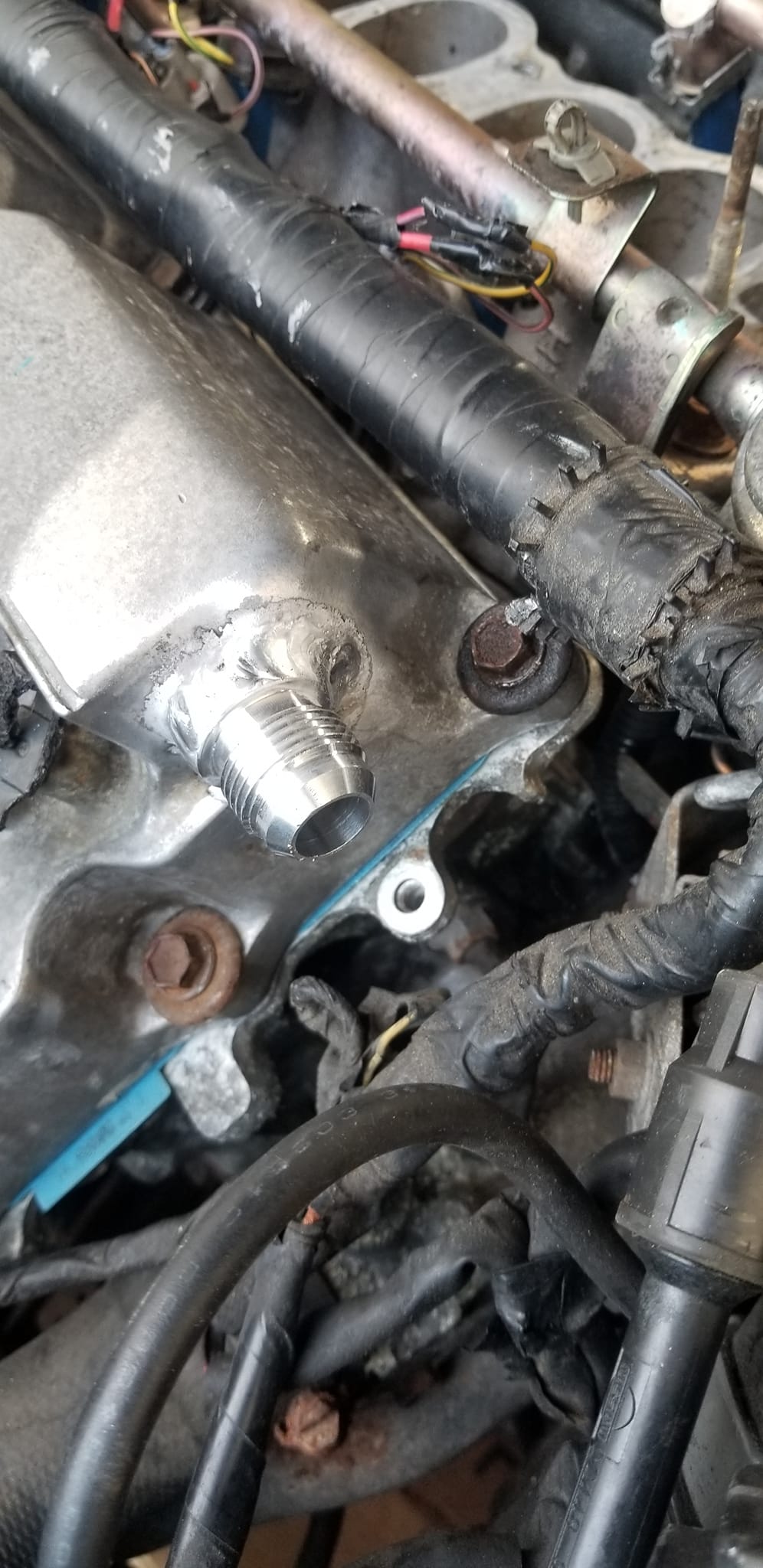
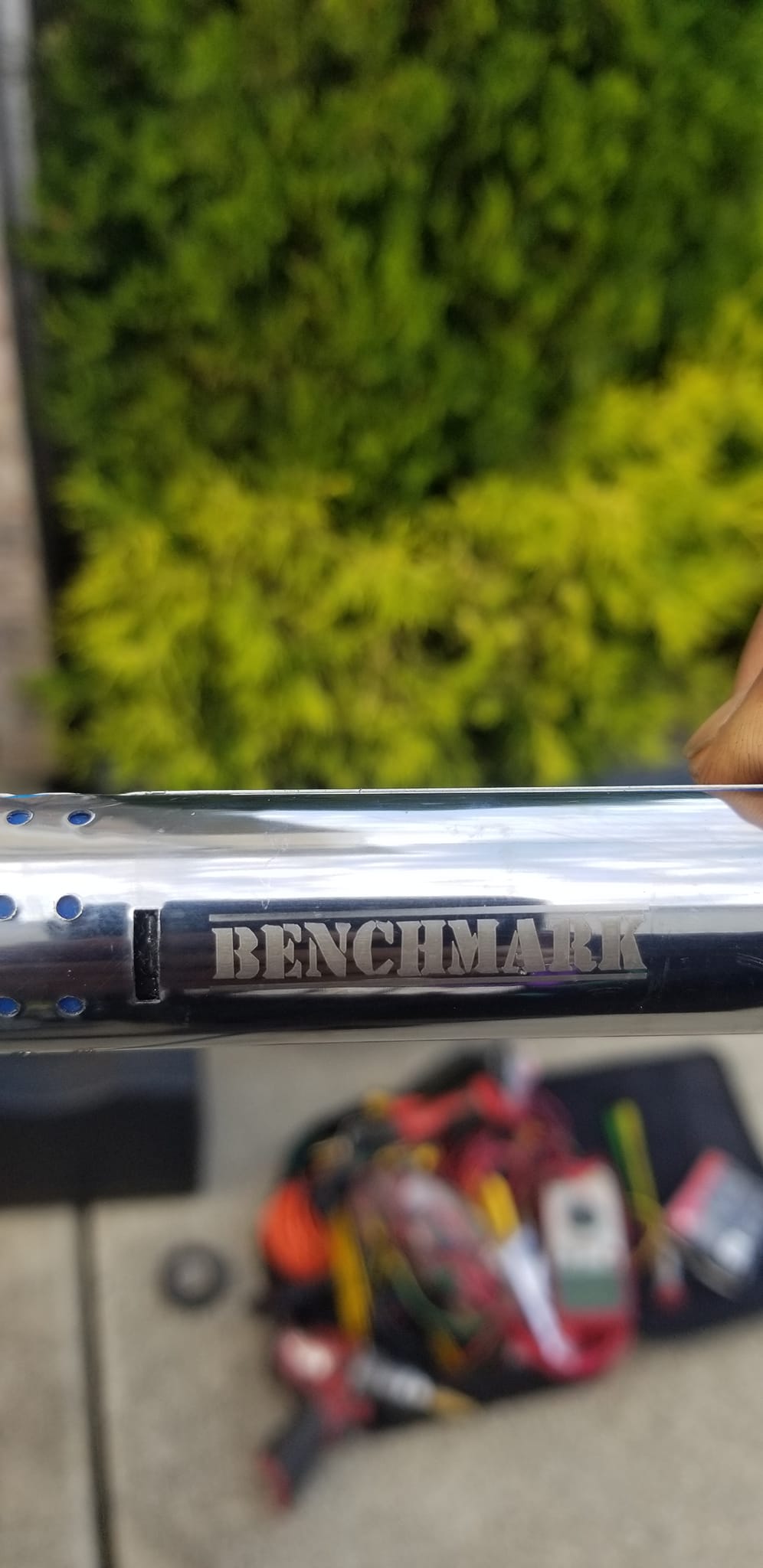
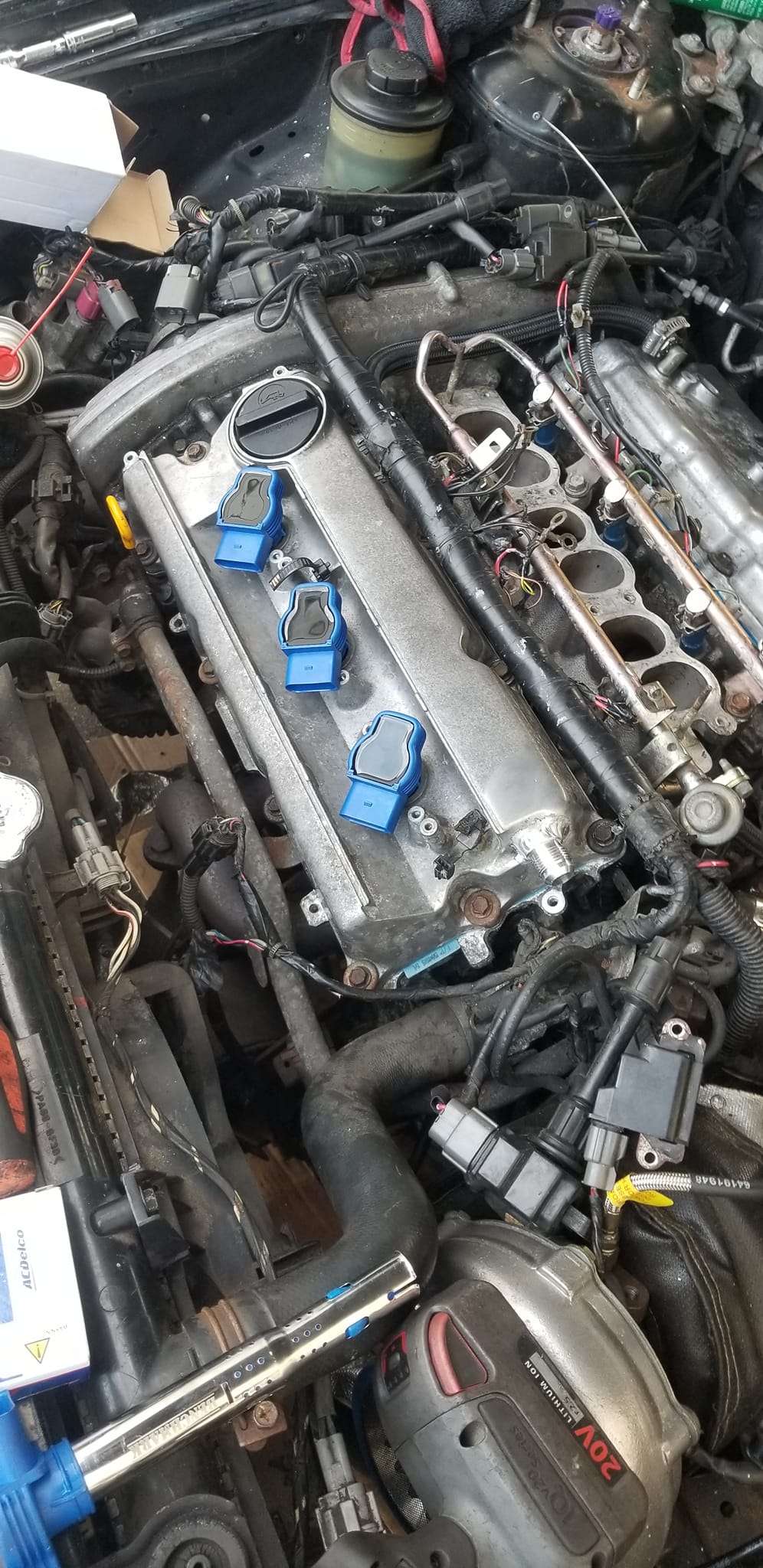
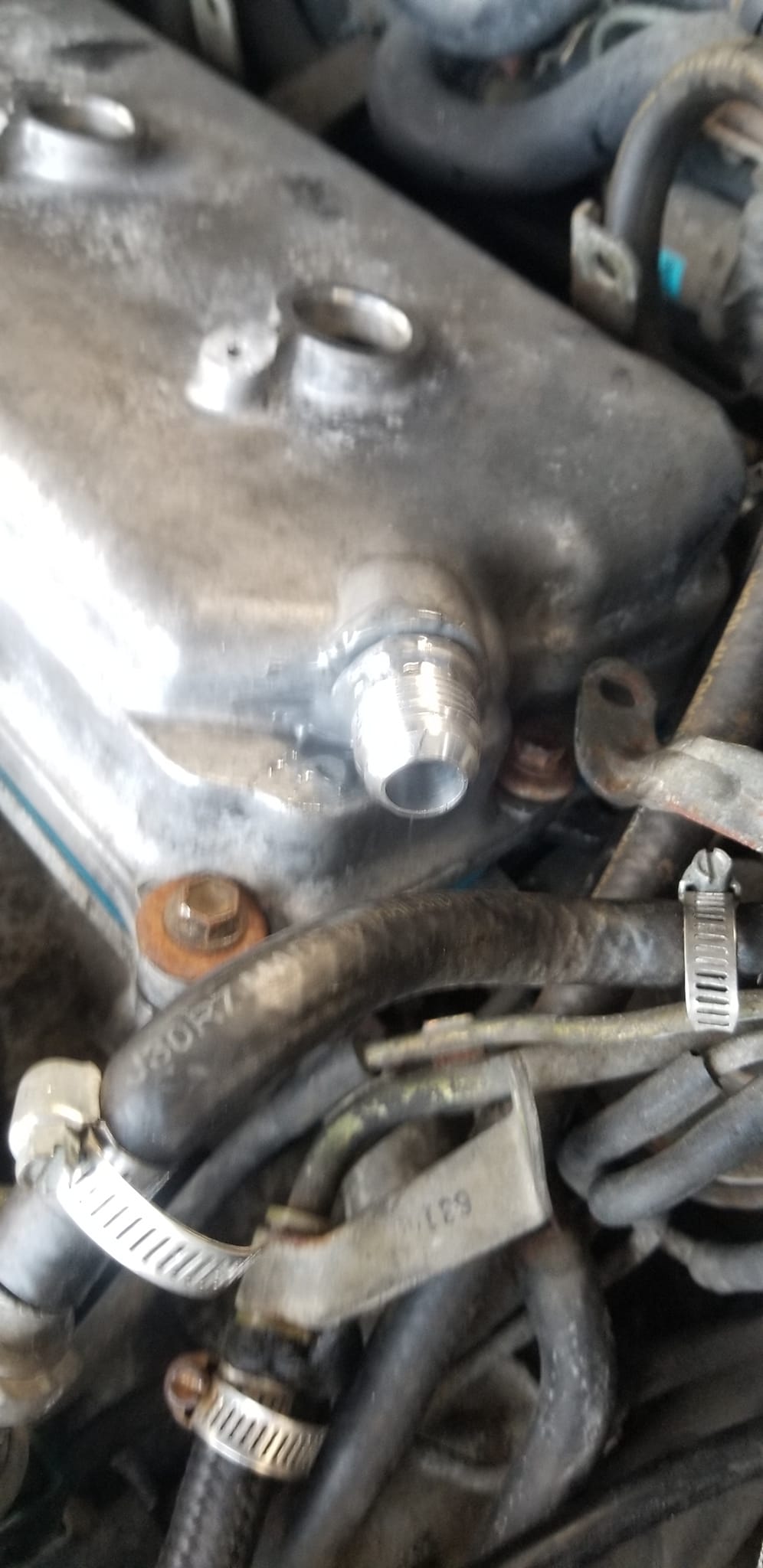
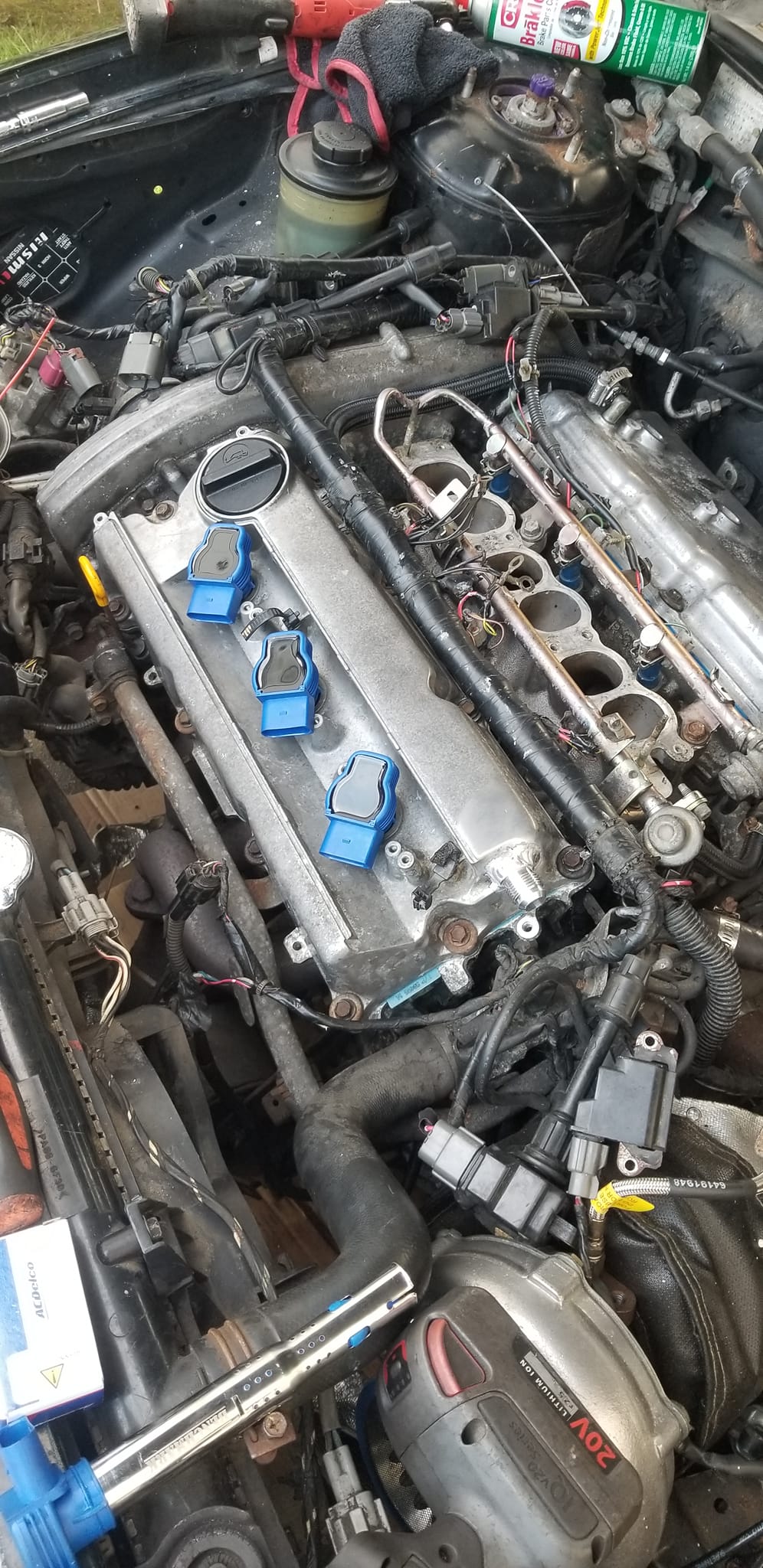
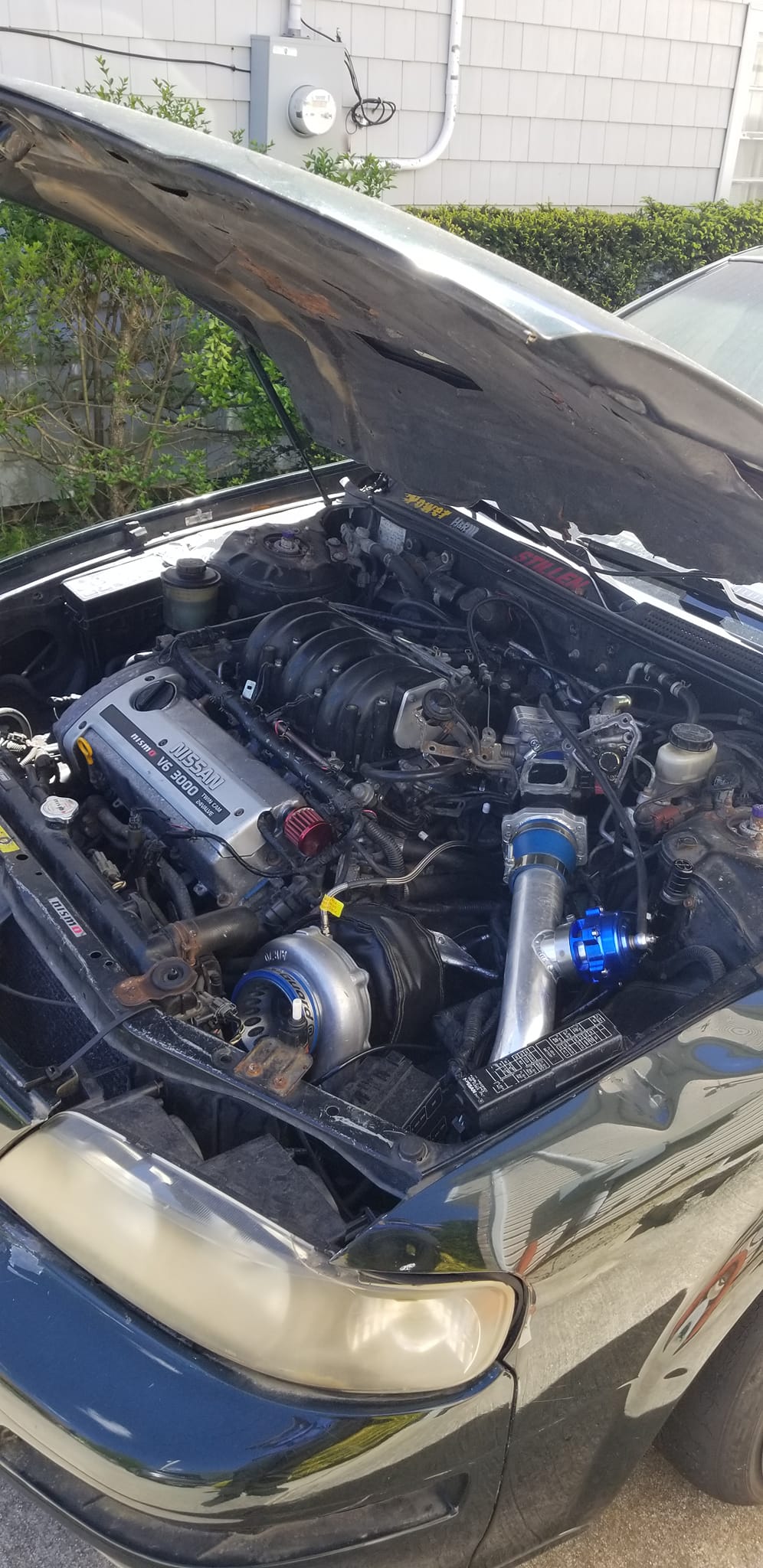
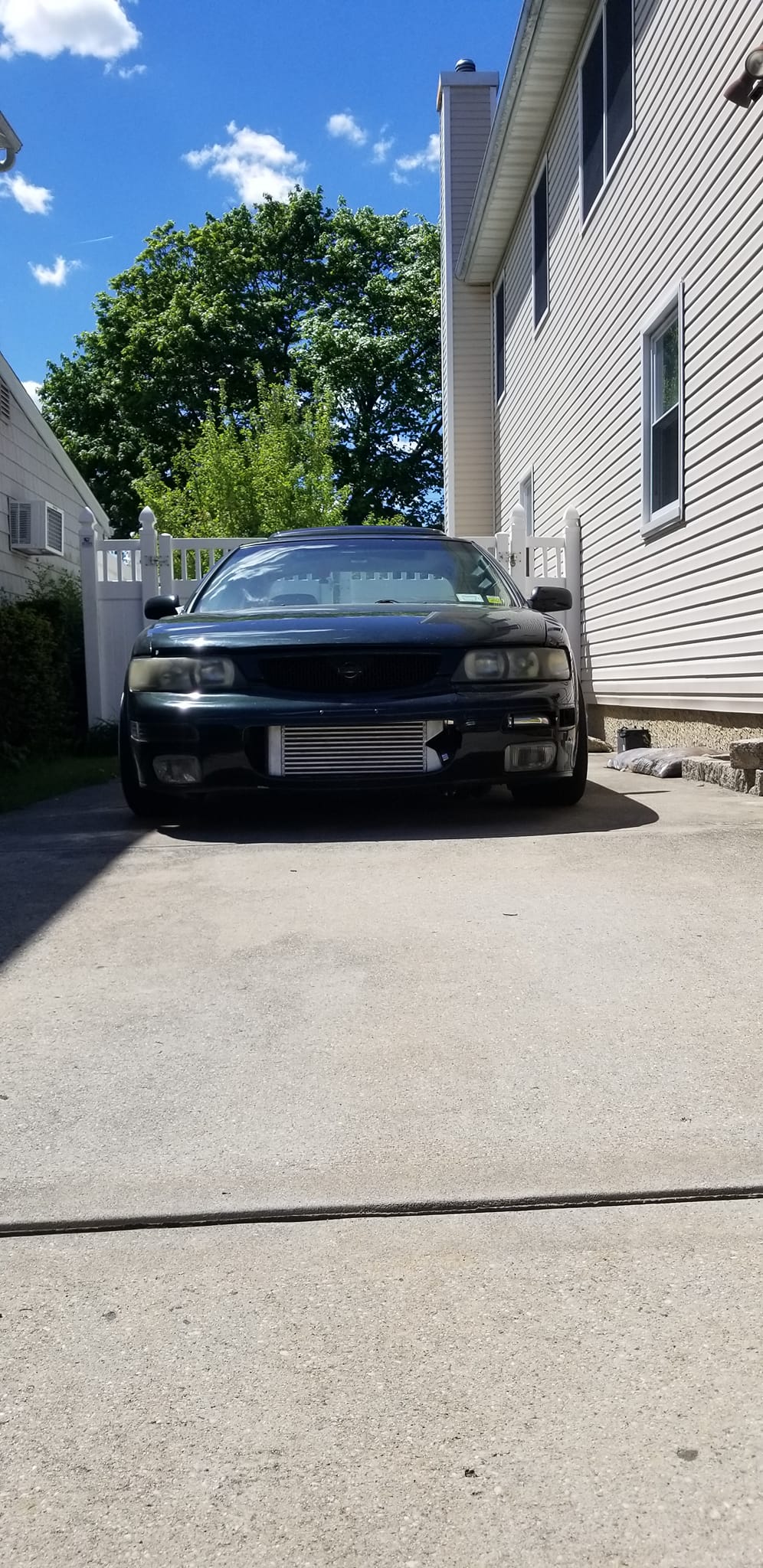

![]()